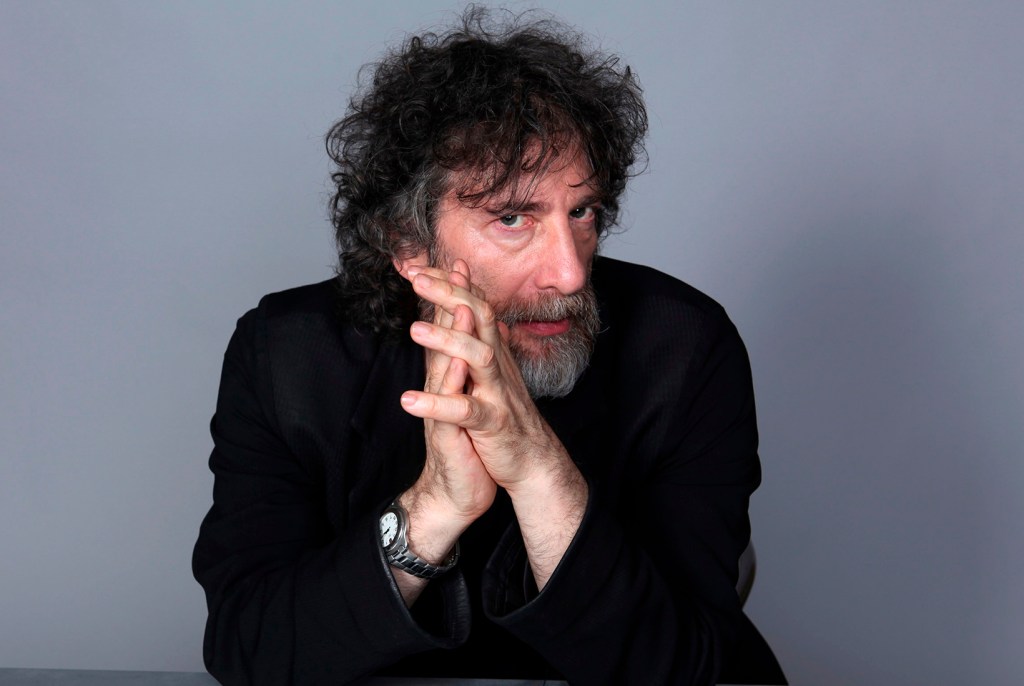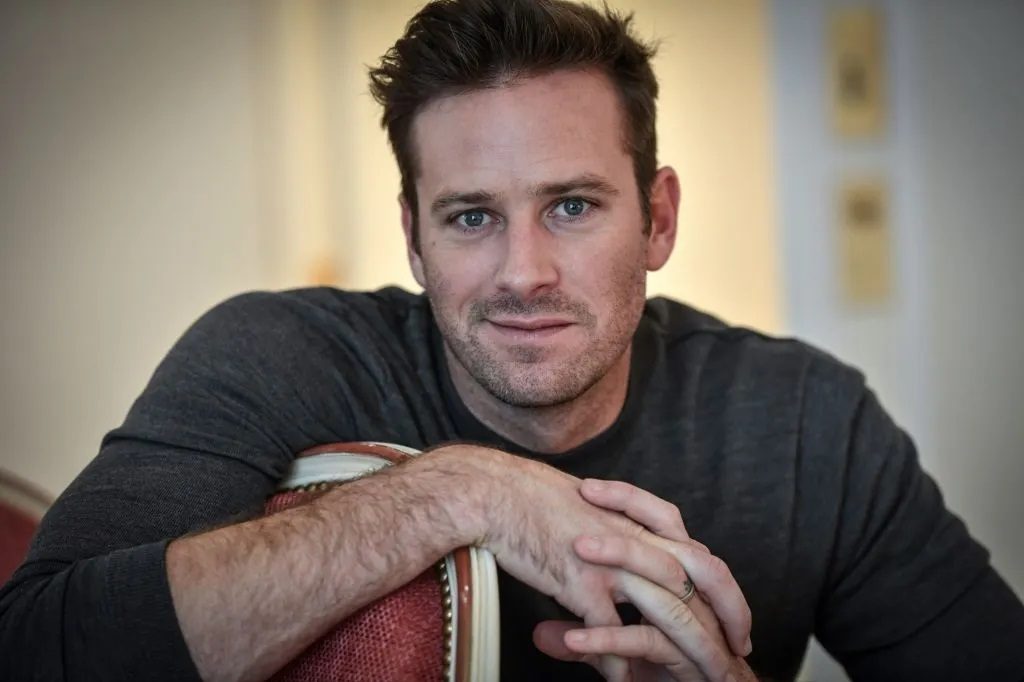Listening to the tacky and incomprehensible audio-adaptation of Neil Gaiman’s graphic novel series Sandman, I couldn’t stop thinking about the 19th-century Swiss artist Rodolphe Töppfer.
Did Mr Töppfer realize what he was doing when he one day decided to draw a narrative in sequential panels with captions underneath? His satirical novel in pictures, Histoire de M. Vieux Bois, was published in 1837, and made its way to America five years later as The Adventures of Mr Obadiah Oldbuck. ‘Mr Oldbuck drinks ass’s milk’ reads one caption, and then overleaf: ‘His physician recommending exercise, he buys an Arabian courser.’ Riding the courser, ‘Mr Oldbuck increases his speed, advancing at the rate of 10 leagues an hour.’ To modern eyes, Obadiah Oldbuck is something very recognizable indeed. He is the hero of the world’s first comic book.
The superhero era of comics began on the cusp of World War Two. In 1938, the first editions of Superman were published and the first Batman appeared a year later. Captain America — originally just called ‘Super American’, as in my opinion he still should be — arrived to beat up Axis baddies in 1940. After the war, it was clear that world-saving was an American business and the density (and absurdity) of heroes and villains proliferated. Bad guys, who needed to be vanquished and replaced at rapid speeds, were always in short supply: highlights from this era include Hellcow, Doctor Bong and Asbestos Lady, the sworn enemy of the Human Torch.
While the densely peopled, Technicolor doomsdays of the 1960s and ’70s provide the source code for today’s ubiquitous Marvel movies, it was the 1980s that gave mainstream comics the only arty cred they’ve ever managed to garner. Artists and writers began to write darker, more experimental storylines, following in the wake of the comic-book world’s Michelangelo, the Northampton-born author-cum-warlock Alan Moore. (According to his Wikipedia entry, Moore worships the Roman snake god Glycon as his ‘primary deity’.)
It was at this moment that Neil Gaiman began to published his Sandman series. They were New York Times bestsellers; Norman Mailer called them ‘a comic strip for intellectuals’. The anthology series follows Morpheus, the lord of dreams, as he journeys through the centuries, unbalancing mankind or restoring order to the realm of sleep. He is a sort of tyrannical goth from another realm, who exists beyond petty human ideas of good and evil.
Attempting to draw more listeners to its platform, audiobook company Audible has resurrected Sandman as a piece of event podcasting, with a genuine Hollywood cast, including James McAvoy, Riz Ahmed and Andy Serkis. Gaiman himself narrates. This is the first mistake, or rather, it is two mistakes at once. Gaiman may be a gifted storyteller, but he overeggs his lines terribly, like someone trying to emphasize that what they’re reading is italicized. Even in the recording studio, I imagined him reading in the dark, shining a torch up towards his face. Moreover, the extensive narration can’t paper over the obvious difficulty of transmitting a visual story to an aural medium. As a result, the series runs long. A Sandman comic takes 90 minutes to read, and, if that’s your sort of thing, you’re sorry when it’s over. This audiobook, which covers the first three installments of the original series, runs to 10 and a half hours.
[special_offer]
The listening experience is marred by constant clattering sound effects, the purpose of which isn’t always clear. There is a lot of loud, silvery whooshing, from which the listener gathers vaguely that something transdimensional is happening: a character is entering someone’s dream or leaving it, or perhaps dreams are simply present, hovering in the background, being dreamy in their menacing way.
Even for someone who has read the source material, and with the addition of extensive narration, this audiobook is confusing to listen to. Gaiman’s story skips around the world, moving in rapid, montage-like fashion between different time periods. The absence of visual panels, which are instantaneous scene-setters, is badly felt. (Graphic novel, noun, from the Latin for ‘works best if you can see it’.) Music swells over the sound of shattered glass. The wind crumples against the windowpanes. ‘Dr Dee has never tried to send the power of the Ruby into someone’s mind at such a distance,’ growls the narrator. What?
‘Have you ever wondered what the planet Earth dreamed of?’ The majority of the script comes from the melancholic text that Gaiman wrote for the original comics. Why does it suddenly sound so crap? ‘Listen to the anguish,’ italicizes Gaiman, ‘of a world in which the bad things are coming out of the dark places.’ It’s as though the series had managed to unearth some kind of ur-crapness that was already present in the comics, but which couldn’t be seen till now. It’s no mean feat. One wonders what Audible could manage with Obadiah Oldbuck.
This article was originally published in The Spectator’s UK magazine. Subscribe to the US edition here.

























